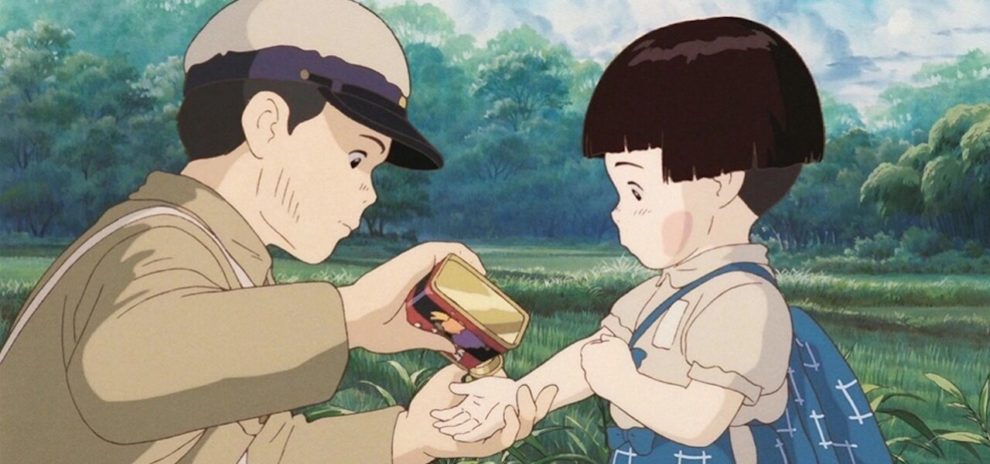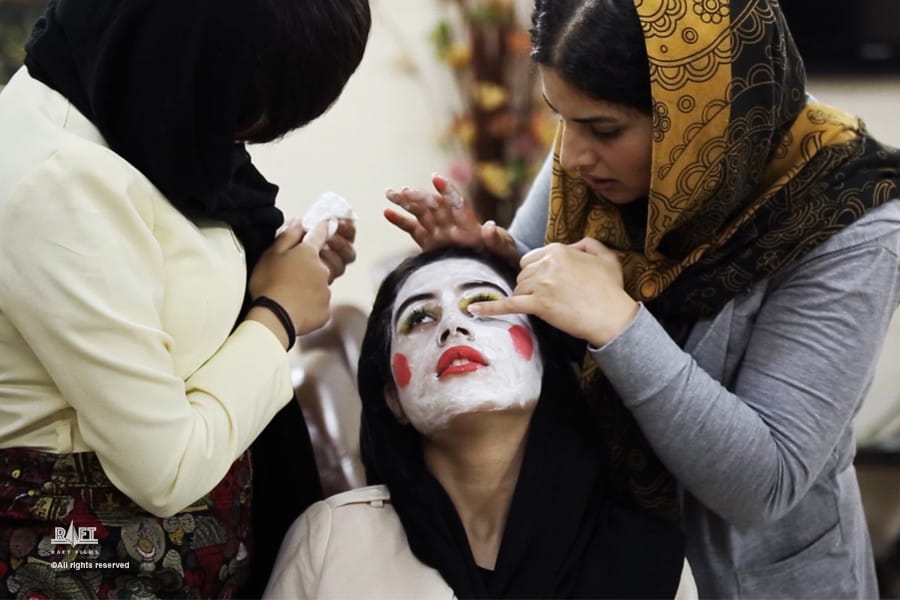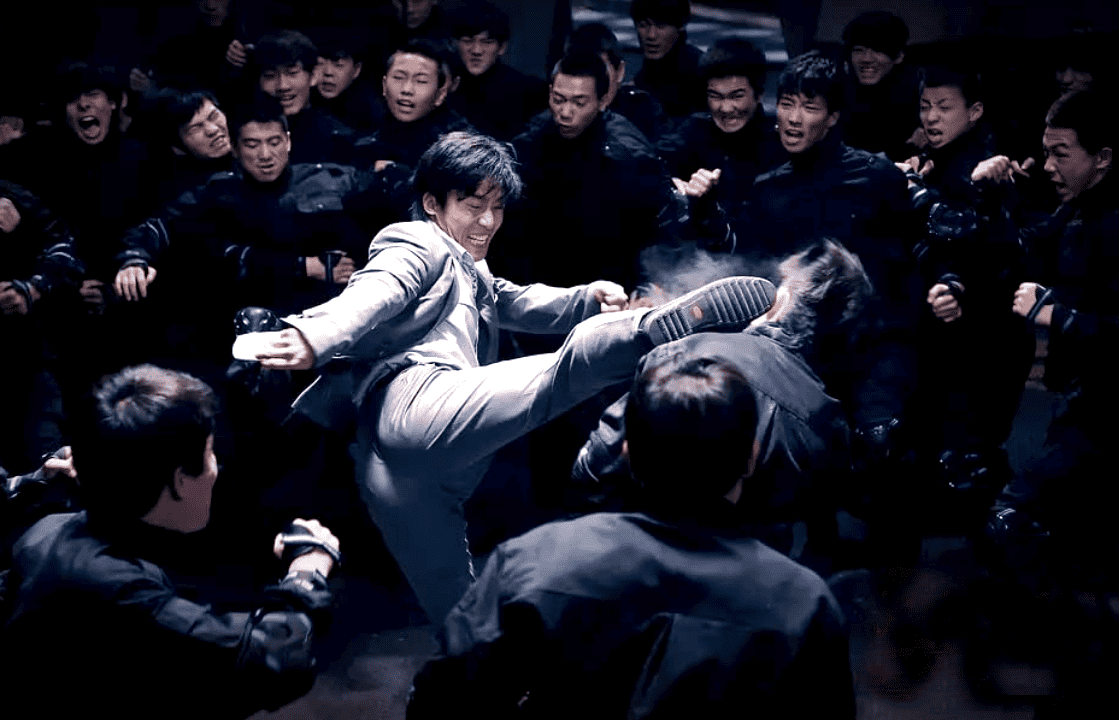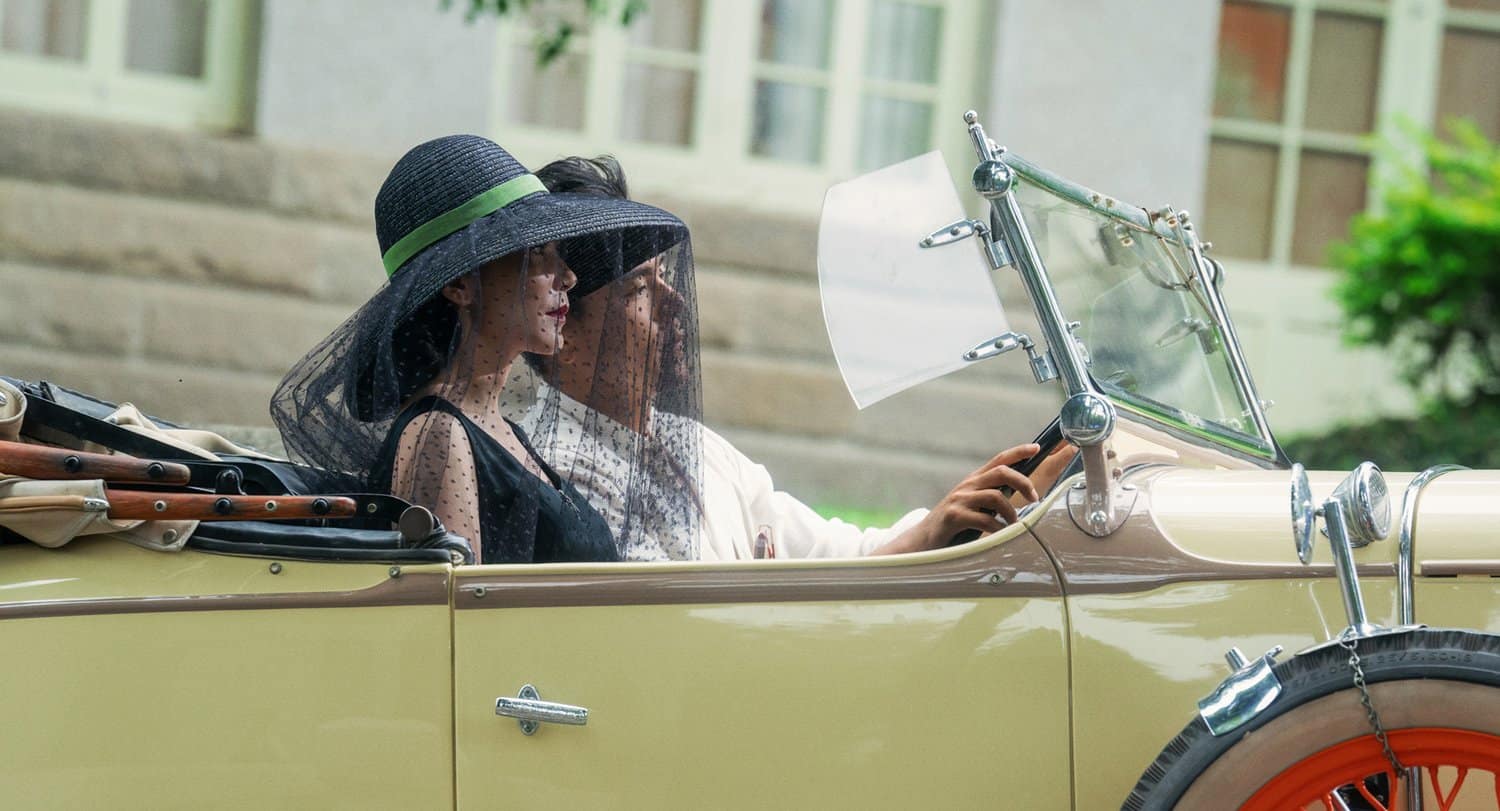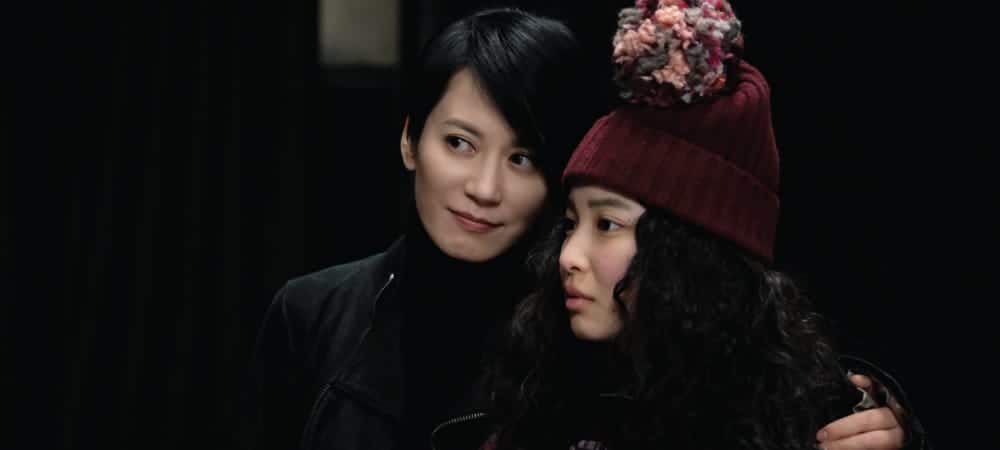While the works of his colleague Hayao Miyazaki remain the most popular entities within Studio Ghibli's output in the 1980s, it is perhaps the features by Isao Takahata that will leave the greatest impact on their viewer. One of the director's most famous features during that time period is “Grave of the Fireflies”, a movie based on the short story by writer Akiyuki Nosaka, which deals with the trauma of Second World War, as experienced by a young man and his sister, who try to survive in these difficult times. Whereas a large portion of the audience perceived animation to be largely directed at a younger audience, Takahata managed to make a very adult film, about the bond between two siblings as well as the loss and protection of childhood and innocence.
Buy This Title

In 1945, Seita, a teenage boy, lives with his younger sister Setsuko and their family in Kobe. After an air raid, their mother eventually dies due to severe burning on her body, leaving Seita in charge of his sister, while their father, a marine officer, is still at sea fighting the allied forces. For the time being, they manage to stay with their aunt, and Seita decides to not tell his sister about their mother's death, in an attempt to protect her from the cruelty of war and the grief he experiences. Like his other relatives, Setsuko does his best at trying to survive, at gathering what few supplies are left and selling whatever they can spare to have some rice for his sister and himself.
However, as time goes by and become even more trying on the family, his aunt confronts Seita about what she perceives as laziness and not doing his duty for the nation. As their arguments put a strain on their relationship, Seita and Setsuko leave their aunt's home for an abandoned bomb shelter nearby, where they eventually decide to live. In the weeks that follow, the teenage boy realizes he can no longer protect his sister from war and sickness, as she becomes weaker due to lack of proper food and clean drink.
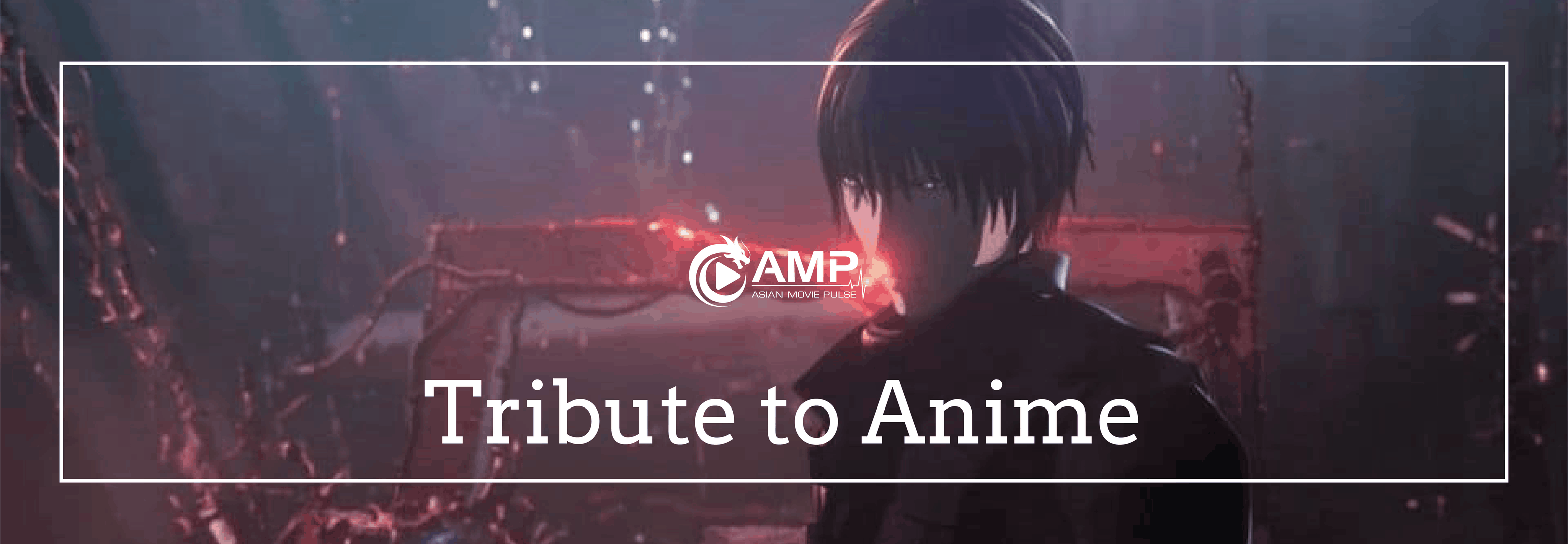
At the center, “Grave of the Fireflies” combines a war-time story with a coming-of-age-drama. The relationship between brother and sister serves as a sharp contrast between Setsuko's innocence and lust for life and Seita's growing responsibility to take care of her and becoming an adult within only a few days. While Takahata could have chosen the melodramatic approach, thus creating a mere tearjerker of a movie, his feature, similar to the short story, emphasizes the worth of innocence in a time when this ideal seemingly has become worthless or has been abandoned in favor of surviving. Much like in other war movies, most specifically Elem Klimov's “Come and See” or Andrei Tarkovsky's “Ivan's Childhood”, sacrificing the innocent results in the true loss of humanity, which Takahata's stresses throughout his movie, making the scenes between the two siblings quite special, loving and at times quite tough to watch.
Meanwhile, there is also the question about what this loss of innocence leads to, and what kind of nation comes after. Even though the story of brother and sister is always in the forefront, Takahata also shows the kind of trauma from times of great shortages, when food, shelter, clean water and also compassion was in short supply. This is especially true for the relationship of Seita, Setsuko and their aunt, which changes over time, resulting in the unfair accusation of the teenage boy not doing his duty for the nation. The fact she denies them both food (which Seita has paid for, selling the kimonos of his dead mother) further highlights a point which seems to go beyond the family drama.
Apart from its themes, “Grave of the Fireflies” is also quite an artistic achievement, with the animation and character design supporting the story quite well. Especially the bombing of Kobe early on in the feature is quite an intense scene, and while it does not contain any graphic imagery, it clearly shows the amount of destruction and loss, making these images a metaphor for the kind of feelings Seita and many other survivors probably experience. Additionally, the film's score by composer Michio Mamiya fits quite well to the tone and themes, without becoming too melodramatic or obtrusive.
In the end, “Grave of the Fireflies” is a touching war-time story and coming-of-age drama about loss, trauma and innocence. Isao Takahata has created a feature whose image and characters will leave quite an impression on its audience, especially due to its emotional core and its committed anti-war message.


